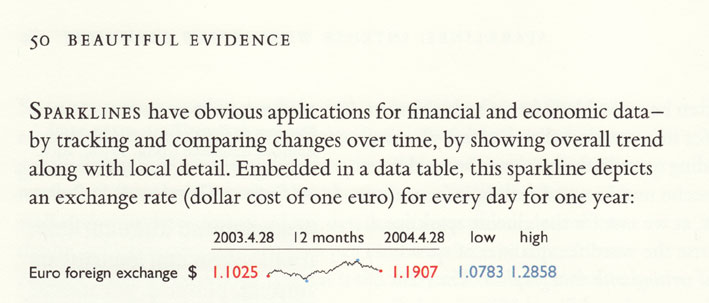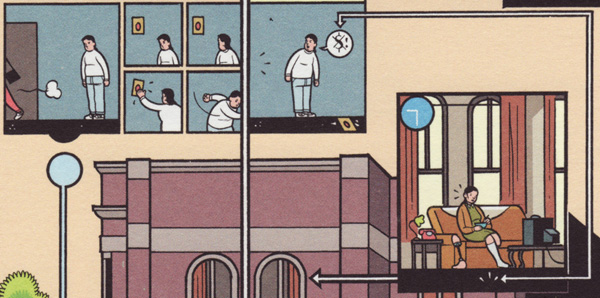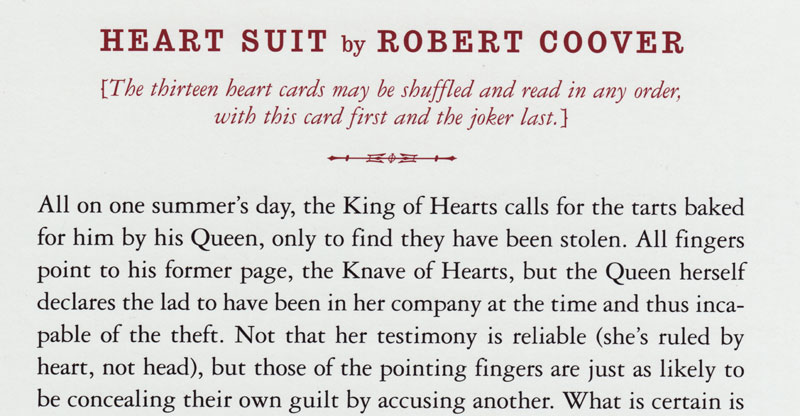In Praise of Print
Technology people have an understandable tendancy to be a bit disdainful of printed material. We argue that bits are where the real value lies, and not in the atoms. Although books are seen as valuable and portable offline representations, they are mere projections into the physical world of the real asset, which is digital and intangible.
At least, that’s how I sometimes think.
Now I don’t know whether it is because my possibly skewed perception has been brought back to reality, or that there is a growing trend towards high-quality niche book publishing, but I have really been struck lately by some examples of the printed medium. I want to share some of these with you. And exercise my new scanner.
Obviously it’s fairly difficult to convey some of the beauty of these books over the web. Hence each of the scanned images is enlarged from their actual size. I hope this gives some impression of the quality of the printed page.
Beautiful Evidence
Where better to start than this self-published book by Edward Tufte. I haven’t finished reaading it yet, so just want to focus for now on the book as a physical artifact. It’s just a beautiful book, an embodiment of the theme of effective and aesthetic commnication. The detail and the care that has gone into the production of the book is entirely evident.
Here, Tufte is explaining through illustration the value of his “sparkline” mini-graphs:

Obviously these sparklines are something of a money-shot from Tufte’s book but I am equally impressed by the typography. Each paragraph is left-justified but neither excessively ragged on the right side, nor excessively hyphenated.
Similarly all of the pages are laid out with very thoughtfully. Each of the illustrations is local to the explanatory text, such that you never find yourself flipping back and forth to refer to illustrations while reading text (a pet hate of mine).
Lastly the quality of the paper stock and binding is first rate. And it should be; check out Tufte’s chronicle of the production process. Everything about this book screams quality and this reinforces the message being conveyed.
Acme Novelty Library 16
I picked this extract from Chris Ware’s amazing comic book series as a successor to the Tufte book because the similarities are quite striking. Here in this fairly random extract from his apartment story — unrelated, and almost an afterthought to the main Rusty Brown story — he tells a funny and moving story using a mostly text-free but dense and diagrammatic style that I’m sure Tufte would approve of. It’s almost like a flowchart.

There is quite intricate detail here, amidst a very geometric and stark style. Needless to say the web would not be able to do this justice.
Comics of my youth were printed so cheaply that the transition from paper to screen is likely to lose very little detail and nuance (if it can be said that 2000AD had much nuance in the first place!). Although it can be argued that this low-quality printing was part of the charm of comics, I for one am glad that artists of Ware’s calibre are now able to be appreciated on a new level.
McSweeney’s Quarterly Concern 16
It’s impossible to adequately convey the content of an issue of the Quarterly Concern. What follows is is the open passage from Robert Coover’s Heart Suit, a story printed on a deck of slightly oversized playing cards.

On the back of the cards is a design which is subtly tailored to the content of the story on the reverse site. It’s very cleverly done.
This is a publication where the physical object is not just a conveyance for content. It is in fact essential, a part of the literary work as a whole. Although I’m not quite sure why there is a comb included with this edition.
Victims of Posterity?
So a while back I postulated that we should be doing our bit for posterity by scanning printed works that are right out at the far end of the long tail. I haven’t changed my mind on this; but it is pretty obvious that not everything can be adequately captured for the long term. I don’t have a good solution to this problem. In the meantime I, for one, will try to appreciate atoms more than I have in the past.
1 Comments